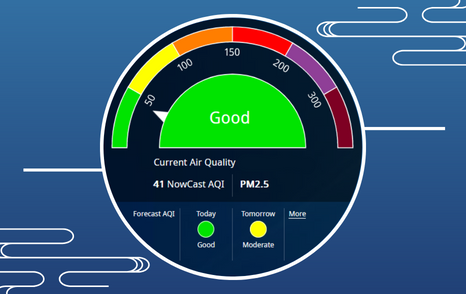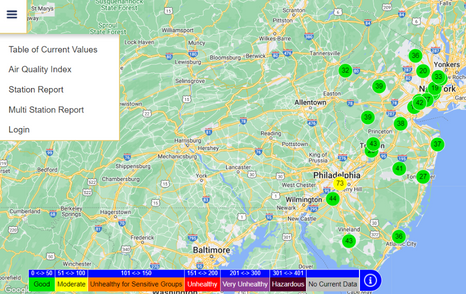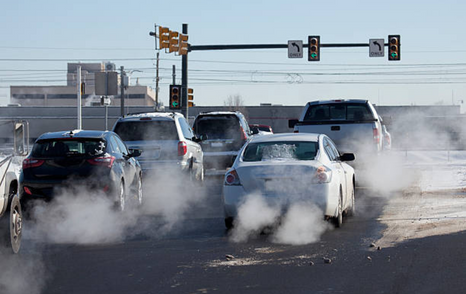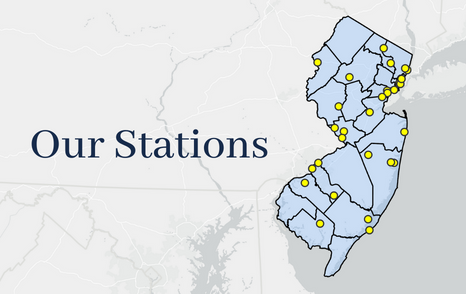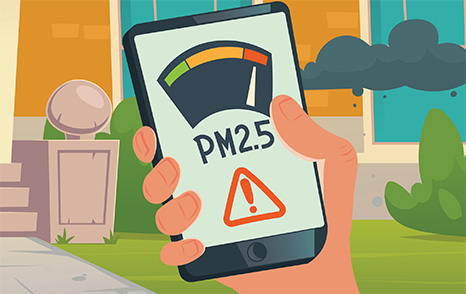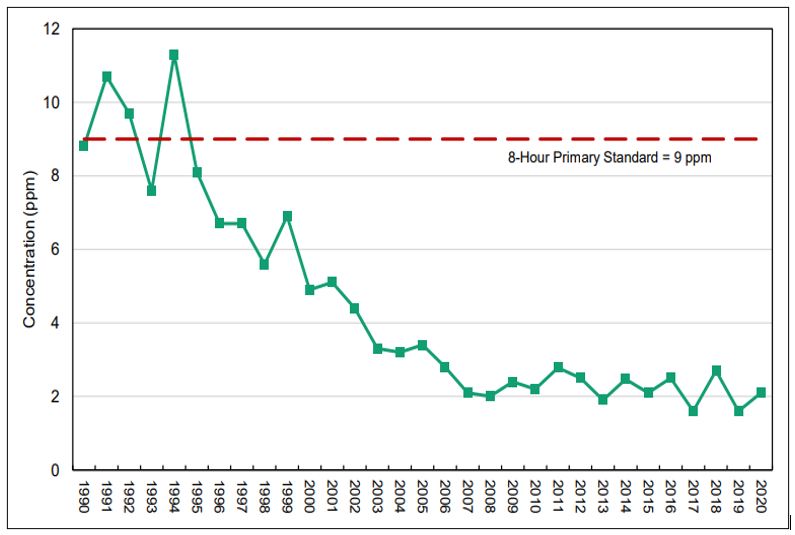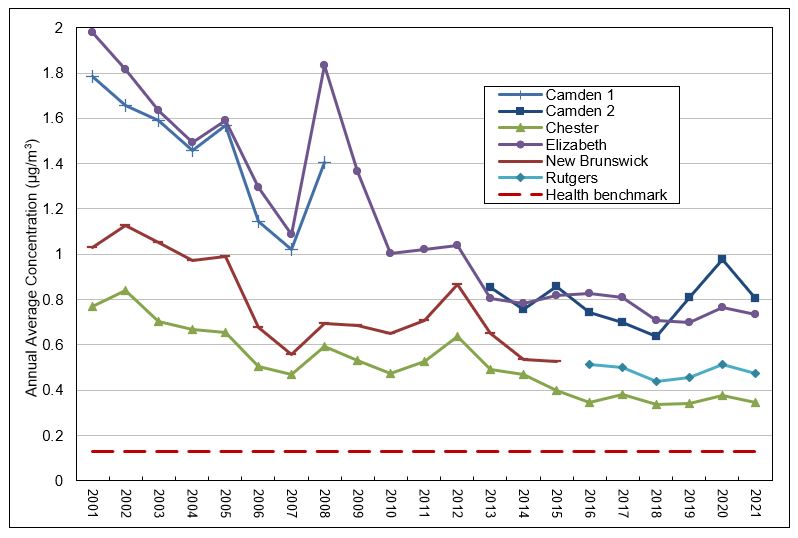New Jersey operates 29 air monitoring stations throughout the state, keeping track of the quality of our air.
This is part of DEP’s commitment to revitalize our communities and protect human health.
New Jersey operates 29 air monitoring stations throughout the state, keeping track of the quality of our air.
This is part of DEP’s commitment to revitalize our communities and protect human health.
Announcements
The 2025 Network Plan draft is now available.
May 20, 2025
Read our latest Network Plan for 2025. This plan is open for public review and comments until June 20, 2025.
Trenton Community Air Project
March 24, 2025
Check out our latest air quality community project using low-cost air sensors. This project was conducted in Trenton using PurpleAir sensors from 2022-2024 in partnership with NJDEP, Delaware Valley Regional Planning Commission (DVRPC), and the City of Trenton. Here you can find the results of this study that were presented to DVRPC at their most recent monthly meeting.
The 2023 Annual Report is now available.
January 2, 2025
Read our latest report on air quality in New Jersey.
PurpleAir SD card data processing available now!
August 8, 2024
This R Shiny app merges PurpleAir SD card data into one file in a .csv format for comparison to other PM2.5 instruments.
What, How, & Where DEP Monitors
Air Quality Trends
New Jersey has been monitoring air quality since 1965. Pollution levels have improved significantly over the decades as a result of state, regional and national air pollution reduction efforts. The graphs available below illustrate more recent trends in pollutant concentrations.
Download Air Quality Data
DEP reviews and edits the air monitoring data it collects, and at the end of each calendar quarter, submits that data to the U.S. Environmental Protection Agency’s Air Quality System (AQS) database. The data available on our DEP website has not yet been reviewed.

